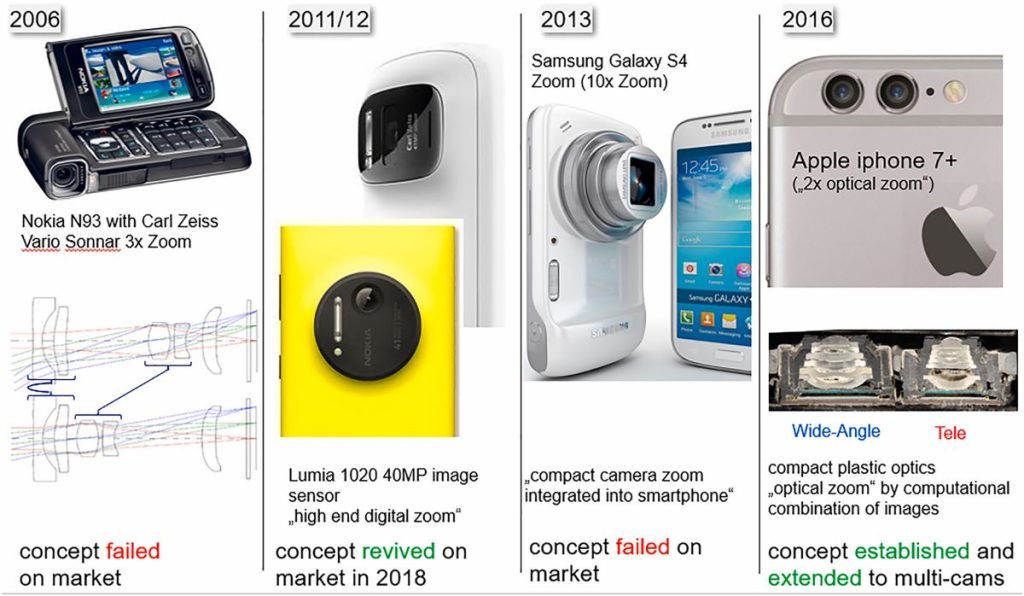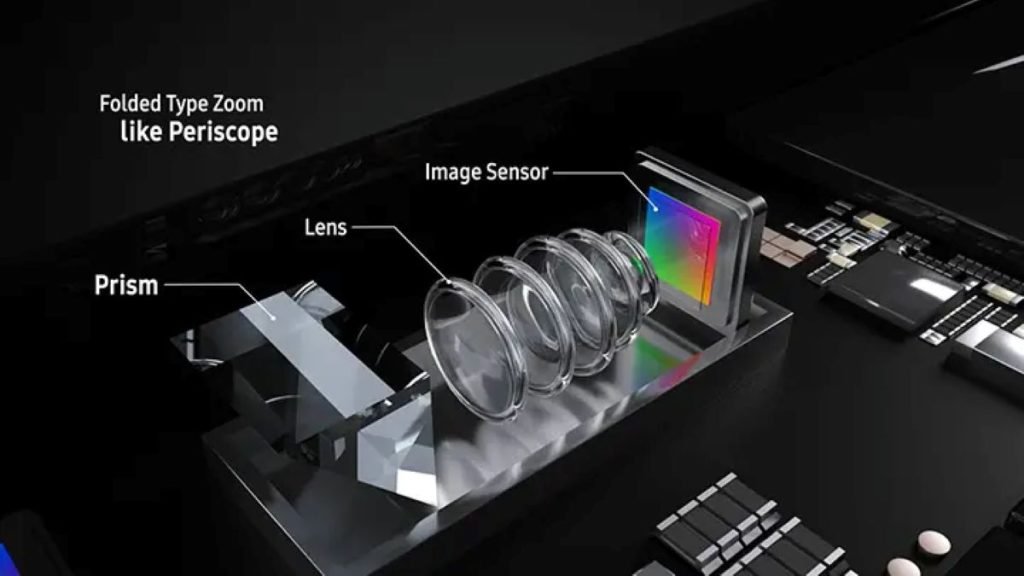Yo, check it out – we’re diving deep into the world of smartphone cameras. These little wonders in our pockets are always in the spotlight when a new phone drops, and you know what’s wild? They’re not just a sidekick to your call and text functions – they’re the stars of the show! Who even talks about phone reviews anymore? It’s all about camera reviews!
But, before you get overwhelmed, chill out with me for a second. We’re gonna break it down and unravel the mysteries of these tiny lenses. By the time we’re done here, you’ll be a smartphone camera whiz, and you’ll wonder why you were ever confused about this stuff.
The Light Game: What Makes a Camera Tick
smartphone camera:

Okay, so, at the core, cameras need light to do their thing. It’s simple: no light, no action. It’s like being stuck in a dark, windowless room with no torch. You’d see nada, right? Cameras work the same way, my friend. They see stuff because of the light that bounces into ’em. But here’s the tricky part – light’s bouncing all over the place. That’s where the lens comes in, gathering it up and focusing it into something your camera can work with. Your eyes have lenses, cameras have lenses – it’s a lens party!
Back in the day, cameras used film. More light on the film meant more stuff got recorded. But leave it out for too long, and you’ll get a blank sheet. Not cool, right? To control the light, they used a shutter – that’s the click you hear. Nowadays, it’s all about sensors. They’re like the film but digital, no chemicals, just electronic magic. And here’s a surprise – no need for a physical shutter ’cause the sensor can be its boss. That shutter sound on your phone? It’s just for the show, man. Camera style!
The Multi-Lens Marvel of Smartphones

smartphone camera:
Now, let’s talk about smartphone cameras. You’ve seen those phones with not one, not two, but like, three or more lenses. And you might think, why so many lenses? Regular cameras don’t have a lens buffet, right? Well, it’s all about swapping lenses. With a regular camera, you’d unscrew one lens and slap on another for different perspectives. But on a phone? Nah, that’s not practical at all. It’d make your phone bulkier, less waterproof, and just kinda weird. So, instead, they slap on multiple independent cameras, each with its sensor. It’s like a multi-camera party in there!
Now, those different lenses serve different purposes. You got your wide lens – it’s all about getting the whole scene, the mess, and all in one shot. Then there’s the telephoto lens. But wait, it’s not a zoom lens – it’s a telephoto lens. What’s the diff? Zoom lenses let you physically move the lens to zoom in and out. Phones can’t do that, so it’s all digital zoom here. Not as good, but it gets the job done. Oh, and there’s the ultra-wide lens – great for capturing a lot in one shot. All these lenses serve different purposes, and your phone cleverly switches between them to give you the best shot.
Pixels: The More, The Merrier?
smartphone camera:
Now, when it comes to phone cameras, resolution is a big deal. It’s all about the number of pixels in your photo. Think of pixels as little color dots – the more, the better, ’cause it means more detail. But here’s the kicker – it’s not just about cramming a ton of pixels in there. If you do that with a small sensor, each pixel ends up tiny and gets less light, leading to noisy, low-quality shots. So, it’s all about finding that sweet spot in pixel count.
Size Matters: The Sensor Scoop

smartphone camera:
Sensor size is another big player in the quality game. A larger sensor means more light, which equals better image quality. It’s like if your sensor is a big scoop and the light is ice cream – you want a bigger scoop to get more ice cream, right?
Aerture: Let the Sunshine InAperture
And then there’s the aperture – that’s how wide your lens opens to let in light. But here’s the twist, the lower the f-number, the wider the aperture. It’s kind like they’re speaking in reverse. But for phone cameras, wider apertures are better ’cause they let in more light. It’s like your camera’s getting a good ol’ dose of sunshine.
Computational Photography: The Digital Makeover
smartphone camera:
Here’s where things get cool: computational photography. It’s like a super-smart camera inside your phone. It’s doing all sorts of wizardry to make your photos look amazing. HDR, or high dynamic range, captures a bunch of shots at different exposures and blends them into one perfect pic. Portrait mode gives you that pro-looking blur behind your subject. Night mode? It’s a magician in the dark, using long exposures, multiple shots, and AI to light up the night. It’s like all your photos are getting a makeover by a digital beauty queen. It’s pretty wild, right?
So, there you have it. Smartphone cameras might seem complicated, but now you’re in the know. It’s not just about lenses and sensors; it’s all about the smart stuff happening behind the scenes. Who knew a little device in your pocket could do so much? Smartphones, man – they’re pretty awesome.


